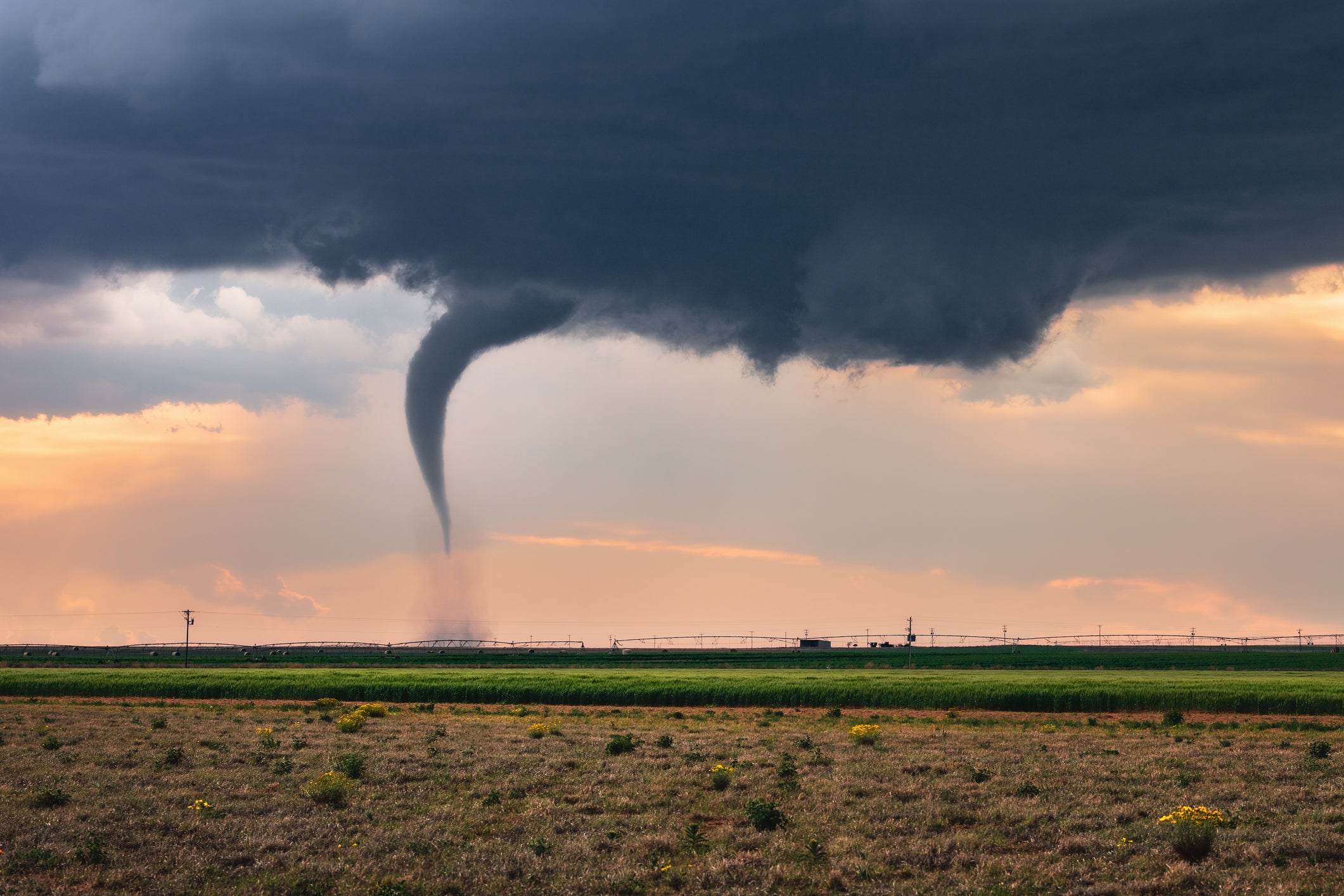Tornadoes, those swirling columns of destruction, captivate and terrify in equal measure. But what causes these formidable atmospheric phenomena? Let's embark on a journey through the science, history, and human aspects of tornadoes to demystify the forces that give rise to these awe-inspiring events.
Introduction
Tornadoes, often referred to as nature's fury unleashed, are violent windstorms characterized by a twisting, funnel-shaped cloud. Before delving into the causes, let's explore the basics of these natural phenomena. Did you know that tornadoes can reach speeds of up to 300 miles per hour?
Understanding Tornado Formation
To comprehend what triggers tornadoes, one must grasp the atmospheric conditions that create the perfect storm, quite literally. The clash between warm, moist air and cold, dry air sets the stage for tornado genesis. It's a delicate dance of elements that can transform a tranquil sky into a turbulent tempest.
Tornado Alley: Hotspot for Tornadoes
While tornadoes can occur worldwide, there's a region notorious for their frequency - Tornado Alley. Stretching across the central United States, this area experiences a unique convergence of weather patterns, making it a breeding ground for tornadoes. What factors contribute to the heightened tornado activity in this geographical hotspot?
Tornado Categories: Unveiling the Scale
Not all tornadoes are created equal. The Enhanced Fujita Scale categorizes tornadoes based on their intensity, from EF0 to EF5. Understanding these categories is crucial in assessing the potential impact and preparing for the worst. Join us as we unravel the power behind the EF Scale.
Historical Tornado Events
To truly appreciate the force of tornadoes, let's journey back in time to significant historical events. From the Tri-State Tornado of 1925 to more recent disasters, these incidents have shaped our understanding of tornadoes and influenced safety measures.
The Science Behind Tornado Warnings
How do meteorologists predict tornadoes, giving communities precious minutes to seek shelter? Explore the technologies and communication systems that form the backbone of tornado warnings, saving countless lives.
Human Activities and Tornado Impact
As our urban landscapes evolve, so does the impact of tornadoes on communities. Investigate the ways in which human activities influence the severity of tornado effects and discover strategies for minimizing damage.
Climate Change and Tornado Frequency
The specter of climate change looms large over natural disasters. Dive into scientific studies linking climate change to tornado frequency and explore predictions for future tornado patterns.
Tornado Safety Measures: A Comprehensive Guide
Preparation is key when it comes to tornadoes. From creating a tornado emergency plan to assembling a survival kit, discover the essential steps to safeguard yourself and your loved ones.
Community Resilience: Tornado Preparedness
No one is an island when it comes to tornadoes. Delve into the importance of community drills and learn about local government initiatives fostering tornado readiness.
Tornado Research and Scientific Advancements
Scientific research is an ongoing pursuit to enhance our understanding of tornadoes. Explore the latest advancements in tornado research and the technologies aiding in prediction and mitigation.
Tornado Myths Debunked
Misinformation abounds when it comes to tornadoes. Separate fact from fiction as we debunk common myths surrounding these atmospheric juggernauts.
Global Tornado Variations
While Tornado Alley is infamous, tornadoes occur worldwide. Contrast tornado characteristics in different regions, exploring variations in frequency, intensity, and impact.
Recovery and Reconstruction After Tornado Strikes
When the storm subsides, the real work begins. Examine the immediate steps communities take after a tornado and the long-term efforts required for recovery and reconstruction.
Conclusion
As we wrap up our exploration of tornadoes, it's essential to recap the key points. Tornadoes are formidable forces, but understanding their causes and taking proactive measures can mitigate their impact. Stay informed, stay prepared.
FAQs (Frequently Asked Questions)
-
Can tornadoes occur in urban areas?
- Yes, tornadoes can occur in urban areas, and their impact can be exacerbated by the presence of buildings and infrastructure.
-
Are tornadoes becoming more frequent due to climate change?
- While there is evidence linking climate change to an increase in extreme weather events, the direct correlation with tornado frequency is still a subject of ongoing research.
-
What is the safest place to take shelter during a tornado?
- The safest place during a tornado is a basement or an interior room on the lowest floor of a sturdy building, away from windows.
-
How accurate are tornado warnings?
- Tornado warnings are issued based on advanced meteorological technologies, making them relatively accurate. However, it's crucial to take them seriously and seek shelter immediately.
-
Can tornadoes cross bodies of water?
- Yes, tornadoes can form over water and become waterspouts. They can also move from water to land, causing damage along their path.

